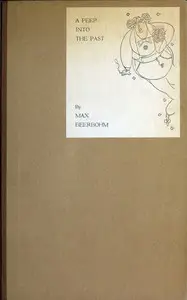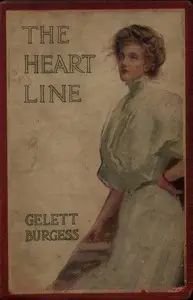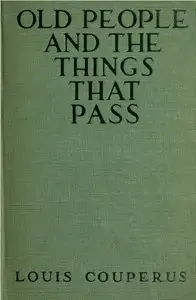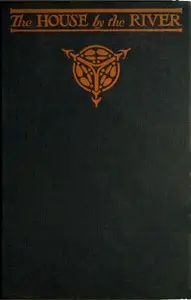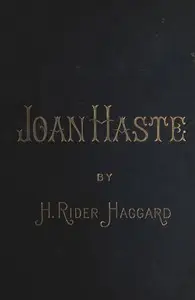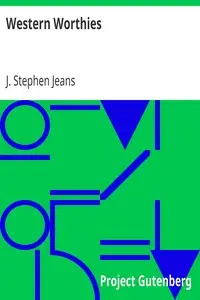"A. V. Laider" by Sir Max Beerbohm is a story set in the early 1900s that follows an unnamed narrator who, while recovering at a quiet coastal retreat, becomes captivated by a fellow guest burdened by guilt. The story goes into the complexities of human choice of fate while exploring philosophical conversations between the narrator and the mysterious A. V. Laider, who believes his past is linked to a terrible accident because of his interest and belief in palmistry. As Laider unveils his painful story, highlighting his feelings of responsibility for a railway disaster, the book highlights the struggle between fate, one's belief, and personal responsibility. The relationship between the two men explores themes of guilt and moral duty, pushing readers to question perceptions of reality.
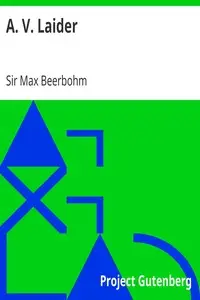
A. V. Laider
By Max Beerbohm
In a quaint seaside hostel, two convalescents engage in philosophical discussions where they confront the haunting weight of past choices and the possibility of predetermined fate, with the protagonist bearing the weight of a dark secret.
Summary
About the AuthorSir Henry Maximilian Beerbohm was an English essayist, parodist and caricaturist under the signature Max. He first became known in the 1890s as a dandy and a humorist. He was the drama critic for the Saturday Review from 1898 until 1910, when he relocated to Rapallo, Italy. In his later years he was popular for his occasional radio broadcasts. Among his best-known works is his only novel, Zuleika Dobson, published in 1911. His caricatures, drawn usually in pen or pencil with muted watercolour tinting, are in many public collections.
Sir Henry Maximilian Beerbohm was an English essayist, parodist and caricaturist under the signature Max. He first became known in the 1890s as a dandy and a humorist. He was the drama critic for the Saturday Review from 1898 until 1910, when he relocated to Rapallo, Italy. In his later years he was popular for his occasional radio broadcasts. Among his best-known works is his only novel, Zuleika Dobson, published in 1911. His caricatures, drawn usually in pen or pencil with muted watercolour tinting, are in many public collections.





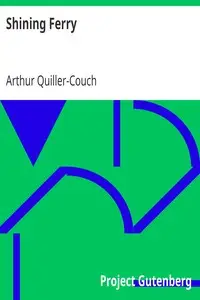



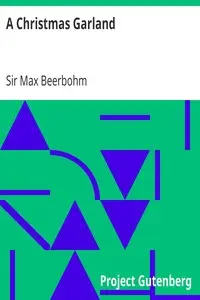
![Seven Men [Excerpts] by Max Beerbohm](https://cdn.a2-host.cloud/4Cvp2OMKrVhuu2X2EDGLkQYPJR2QujdM5CdqzF_Ps1k/rs:fill:215:325:0/g:ce/aHR0cHM6Ly9zcC1hc3NldHMuczMudXMtd2VzdC0wMDQuYmFja2JsYXplYjIuY29tL2Jvb2svMTMwNi9TZXZlbl9NZW5fRXhjZXJwdHNfY292ZXIuanBn.webp)

